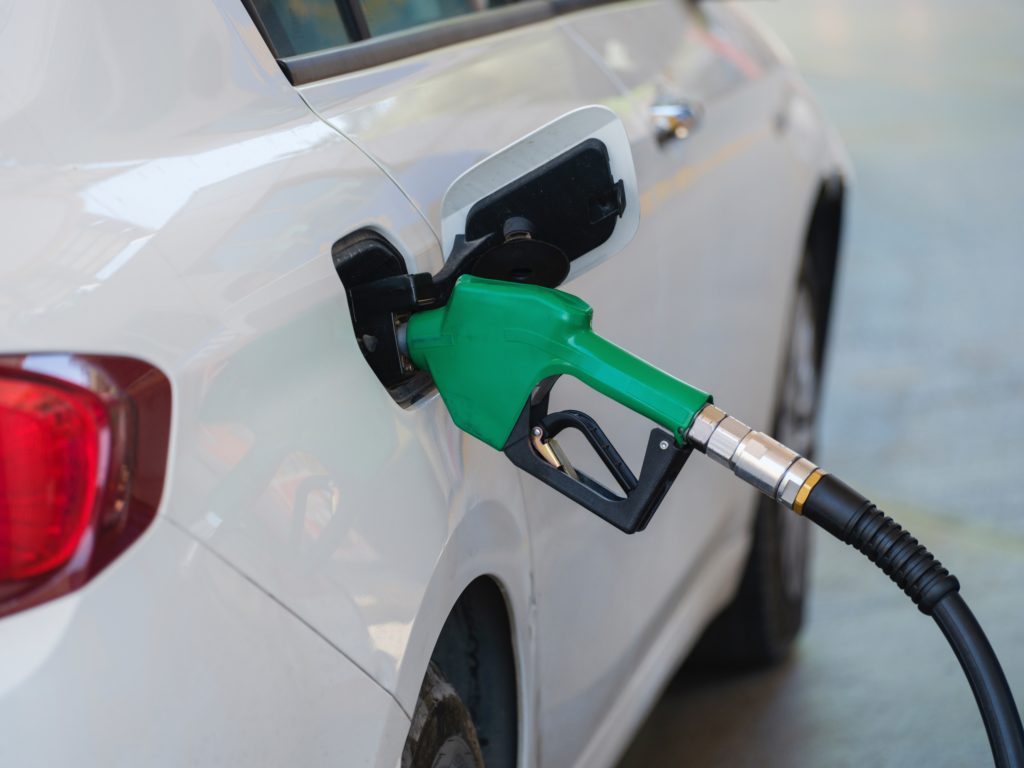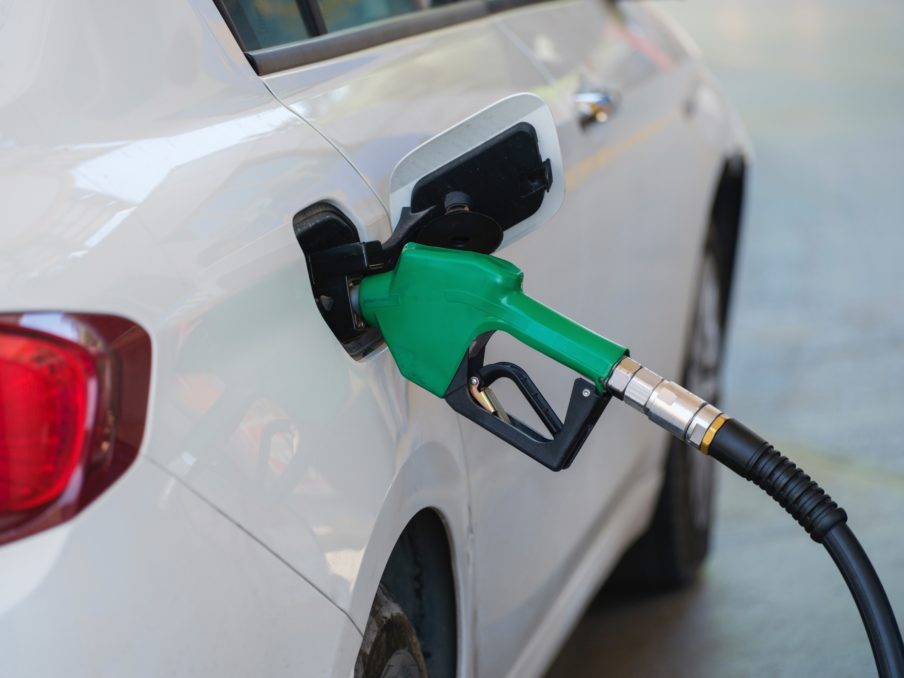
Renting a car in Costa Rica is the way to go if you want to explore beaches, jungles, or mountain towns at your own pace. But sooner or later, you’ll need to fill up the tank. Gas stations here are easy to navigate once you know the ropes. This guide covers everything tourists need to know about getting gas in Costa Rica—from finding a station to paying and driving smart—so you’re never stuck on empty.
Finding a Gas Station
Gas stations are plentiful in Costa Rica, especially in cities like San José, Liberia, or tourist hubs like Tamarindo. Along highways and in small towns, you’ll spot them too, but they’re sparser in remote areas like the Osa Peninsula or Monteverde. Plan ahead to avoid running low in the middle of nowhere.
The easiest way to find a station is with a navigation app. Waze is a local favorite, showing real-time gas station locations, traffic, and even road hazards like potholes. Google Maps works well too, though it’s less reliable in rural areas. Download offline maps before heading to spots with spotty signal, like the Nicoya Peninsula. If tech isn’t your thing, look for signs—stations are usually marked with bright logos for brands like Delta or Uno. Locals are friendly and happy to point you to the nearest “bomba” (pump) if you ask in basic Spanish or English.
Many stations double as mini-marts, selling snacks, drinks, or even souvenirs. Some have restrooms or small eateries, making them handy pit stops. In rural areas, keep an eye on your fuel gauge—stations can be 50+ kilometers apart, and some close at night.
Gas Prices and Types
Gas prices in Costa Rica are government-regulated and pricier than in some countries due to taxes and import costs. As of 2025, expect to pay 750-850 colones per liter ($1.30-$1.50 USD) for regular unleaded (“super”) and 850-950 colones per liter ($1.50-$1.65 USD) for premium (“plus”). Diesel is also available, often cheaper at 700-800 colones per liter, which is great if your rental is a diesel SUV.
Prices vary slightly by region—tourist spots like Jacó or urban areas like San José tend to charge more than rural stations. Global oil prices can cause fluctuations, so check apps like GasBuddy for real-time rates. Most rental cars run fine on regular unleaded, but check your rental agreement to confirm. Filling a 50-liter tank might cost $65-$75 USD, so budget accordingly for longer road trips.
How Gas Stations Work
Unlike many countries, Costa Rica’s gas stations are full-service—you don’t pump your own gas. An attendant will handle everything, from filling the tank to checking your oil or tire pressure if you ask. Tell them “lleno” (full) or specify an amount in colones (e.g., “cinco mil” for 5,000 colones). They’ll ask which type—super, plus, or diesel—so know your car’s needs.
Attendants are friendly, and many speak basic English in tourist areas. No need to tip—it’s not expected, but a 500-colone (~$0.85 USD) tip for extra services like cleaning your windshield is appreciated. Stations are generally safe, but keep an eye on your belongings, especially in busy urban areas.
Some stations offer extras like convenience stores, ATMs, or small restaurants serving casados (local meals). Larger ones, like those on the Pan-American Highway, might have car washes or basic mechanic services for tire patches. Hours vary—urban stations often stay open 24/7, but rural ones may close by 10 p.m., so refuel early if driving at night.
Paying for Gas
Paying is straightforward. Most stations accept Costa Rican colones, and some take credit/debit cards like Visa or Mastercard. American Express is less common, so have a backup. Cash is king in rural areas, where card readers might be down. Carry small bills (5,000 or 10,000 colones) to avoid change issues. A few stations accept USD, but you’ll get a worse exchange rate, so stick to colones.
Check for card acceptance signs before fueling—smaller stations might be cash-only. Foreign transaction fees (1-3%) may apply with cards, so notify your bank of travel plans to avoid holds. Keep your receipt to verify charges, though card skimming is rare since attendants handle payments. If you’re low on cash, many stations have ATMs, but they charge fees ($2-$5 USD).
Tips for a Smooth Experience
- Plan Routes: Use Waze to map gas stations, especially for remote drives like Corcovado or Arenal. Refuel in towns before heading to isolated areas.
- Check Rental Rules: Confirm your car’s fuel type and whether you need to return it full. Most rentals include a fuel policy in the contract.
- Drive Smart: Roads can be rough—potholes and gravel are common. Avoid night driving due to poor lighting and wildlife. Park securely at stations to deter theft.
- Learn Basic Spanish: Phrases like “lleno, por favor” (fill it up, please) or “super” make communication easy. Attendants are patient with tourists.
- Budget for Fuel: A week of driving (e.g., San José to Manuel Antonio and back) might cost $100-$150 USD in gas, depending on your car and route.
Gas Station Quick Guide
Here’s a rundown of what to expect at Costa Rica’s gas stations:
| Aspect | Details | Tips |
|---|---|---|
| Finding Stations | Common in cities/highways; sparse in remote areas | Use Waze, refuel in towns |
| Prices | Regular: 750-850 colones/liter; Premium: 850-950 colones/liter | Budget $65-$75 for a full tank |
| Services | Full-service, convenience stores, ATMs, some restaurants | Ask for tire checks if needed |
| Payment | Colones, Visa/Mastercard; some cash-only; USD rarely accepted | Carry small bills, check card fees |
| Hours | Urban: often 24/7; rural: may close at 10 p.m. | Fill up early in remote areas |
Final Thoughts
Getting gas in Costa Rica is a breeze once you know the system. With full-service pumps, friendly attendants, and plenty of stations, you’re set to explore from coast to volcano without worry. Plan your stops, keep some colones handy, and embrace the adventure of the open road.

